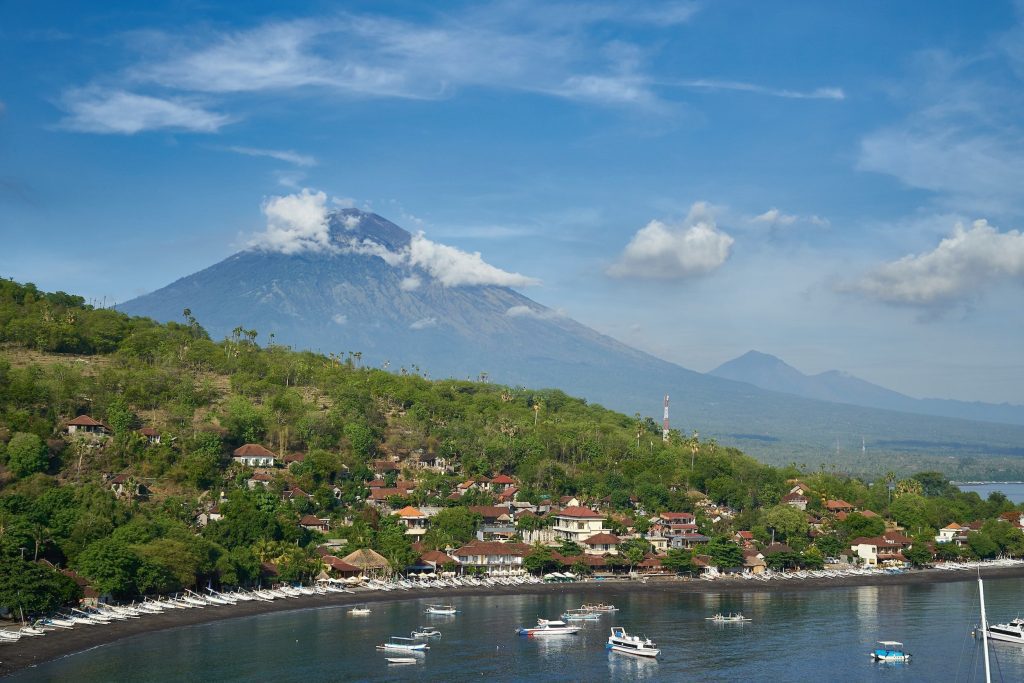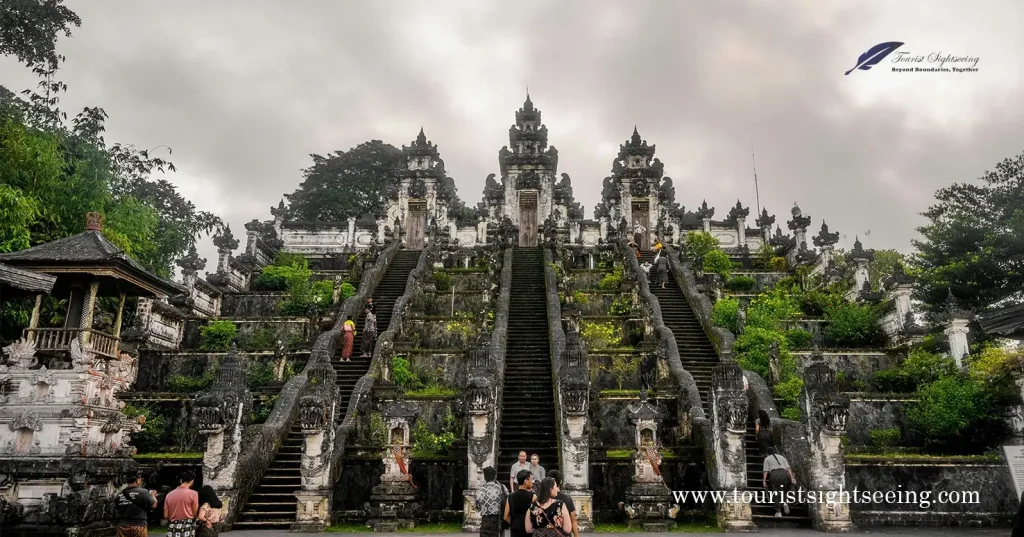Stairs of Death Peru: Conquering One of the World’s Most Dangerous Trails

Introduction to Bali Temples:
Bali, known as the Island of Gods, boasts some of the world’s most remarkable temples that combine spirituality, history and stunning landscapes. Bali temples not only serve as places of worship but are also cultural pillars spanning centuries-old traditions, intricate artistry and religious devotion. Tourist Sightseeing will guide you through some of Bali’s most stunning shrines — from majestic sea temples to hidden jungle sanctuaries — for an experience you won’t soon forget.
The Cultural and Spiritual Significance of Bali Temples:
Bali Temples are at the core of its Hindu heritage. While other parts of Indonesia may practice predominantly Muslim traditions, Bali has its own distinct form of Hinduism, deeply intertwined with local traditions and practices, a unique brand of Hinduism that goes far beyond simple prayer services – they serve as living centers of festivals, rituals, and community gatherings that bring people together in religious worship and community service.
Balinese temples often sit in breathtaking natural settings. They perch atop cliffs, nestle within jungles, or float on tranquil lakes. Their designs reflect Tri Hita Karana philosophy, which emphasises harmony among humans, nature and the spiritual world.
Visits to sacred spaces offer more than visual splendour. You will witness offerings being made, hear gamelan music during ceremonies, and feel the serenity surrounding these spiritual spaces.
Also Read About Healthy Eating Made Easy When you are on Tours — >>>
Different Types of Bali Temples You May Encounter:
Before venturing to some of Bali’s more iconic shrines, it’s useful to familiarise yourself with its various categories of Temples. Each type has an important place in Balinese Hinduism. Understanding them gives you a deeper appreciation of its spiritual landscape. Mountain temples honor mountain gods, and sea temples protect from ocean spirits. Each temple tells its own story and holds unique significance.
Pura Kahyangan Jagat Temples:
Pura Kahyangan Jagat serve as “universal temples” of Bali. They welcome worshippers from all backgrounds and villages. These spiritually charged structures often occur near powerful natural elements such as mountains, forests or cliffs and symbolise how connected divine forces and the natural world are. A visit to one provides travellers with an insight into Balinese Hinduism’s unifying aspects, where everyone gathers to pray together in harmony.

Pura Desa Temples:
Pura Desa temples are at the core of village life and play an integral role in community rituals, acting as the focal point for residents who come together in worship to their guardian deities that bless and protect the village and ensure harmony and prosperity among its residents. Pura Desa temples often host regular ceremonies involving all residents taking part through offerings, dances and prayers – usually gathering there regularly to pay their respects at these revered sites.
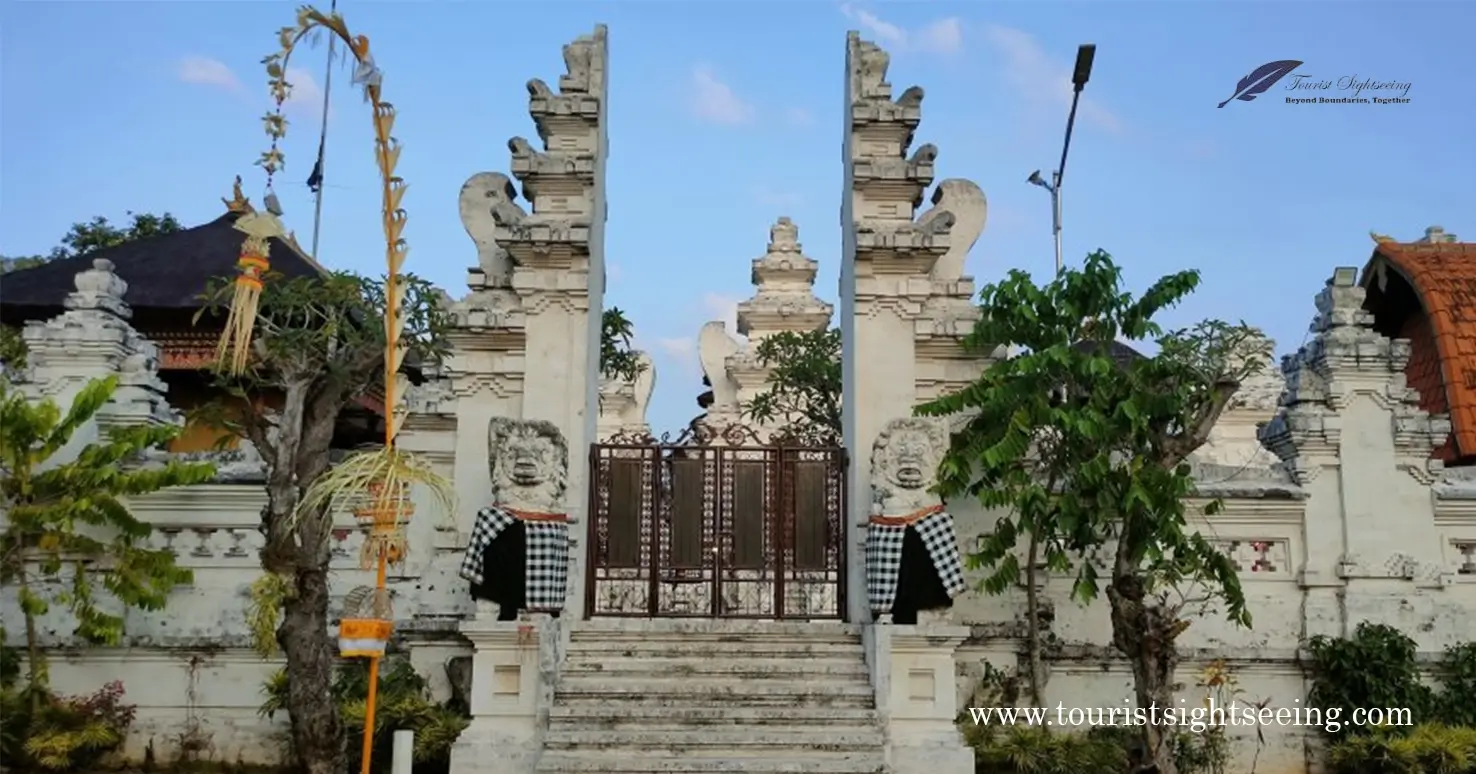
Pura Puseh Temples:
Pura Puseh temples honor and remember village founders and ancestors. Villagers often build them in the northernmost corners of their settlements. When visiting these temples, you may see statues or carvings depicting mythical creatures representing protective spirits associated with an ancestor; also serving as reminders about community roots and heritage preservation.
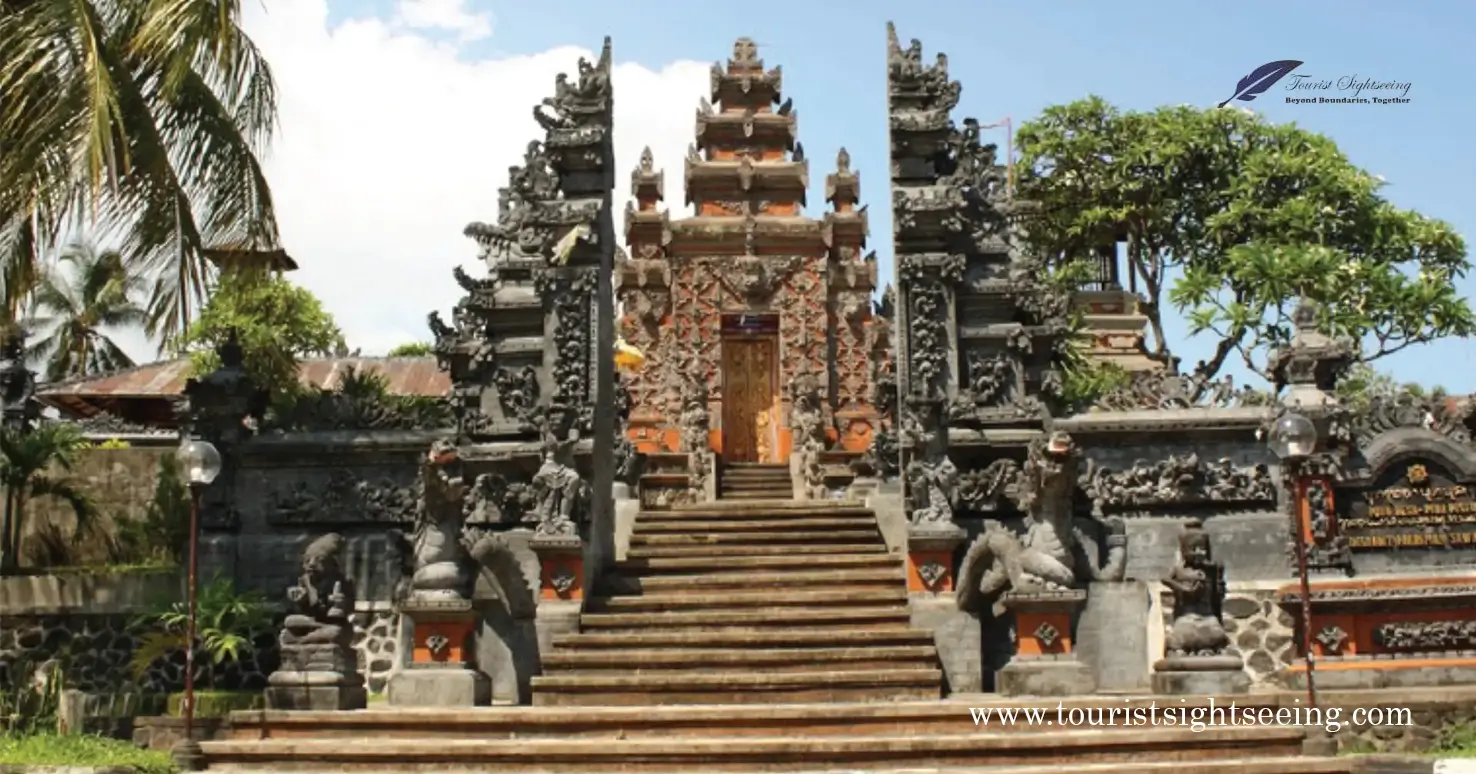
Pura Segara Temples:
Pura Segara temples honor sea deities. They protect Bali from evil spirits that arrive via the ocean. These breathtaking structures often sit along coastlines, providing picturesque views of waves crashing against rocks. Many Pura Segara also serve as landmarks for fishermen before venturing out on fishing expeditions; visiting one during a festival can make for an unforgettable experience!
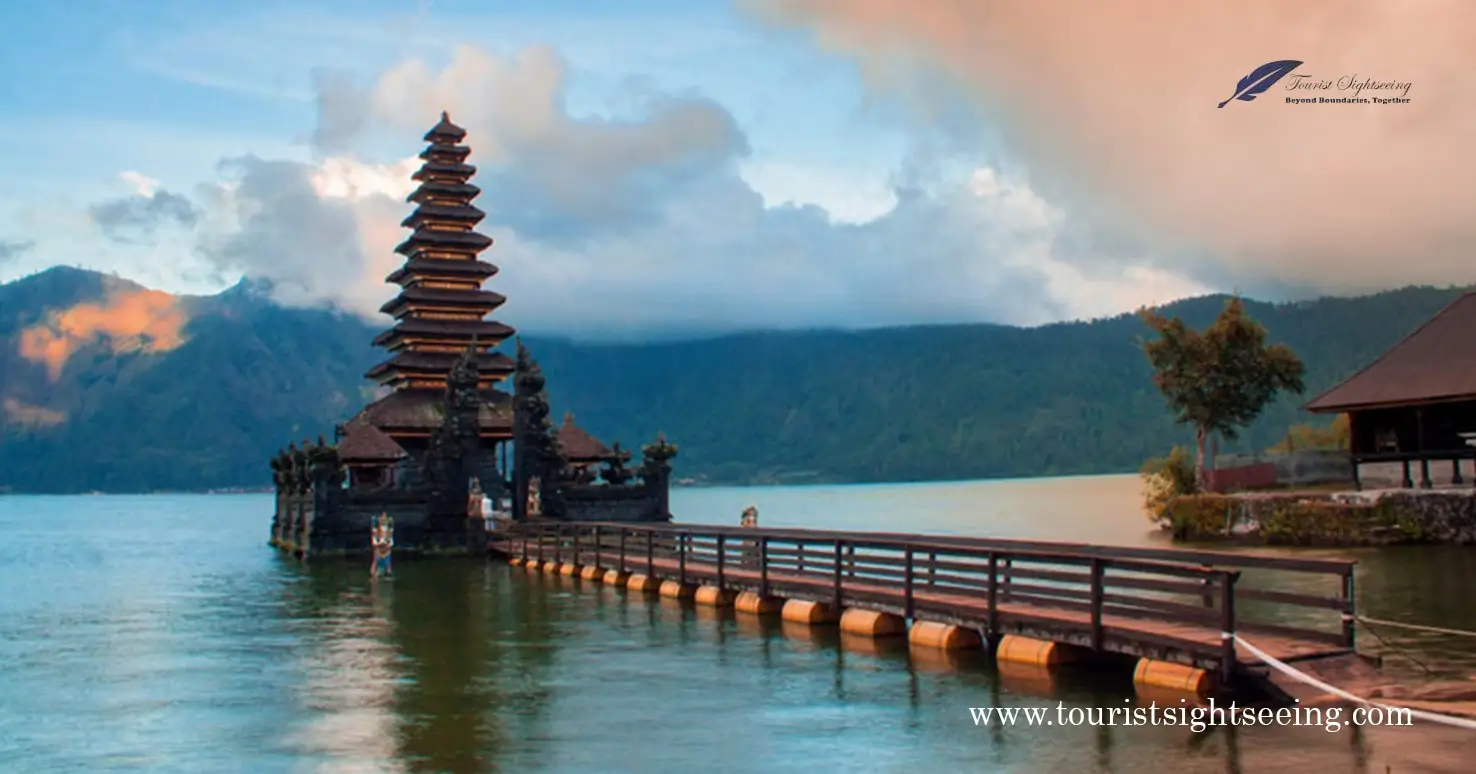
Pura Tirta (Water Temples):
Pura Tirta (water temples), also called water shrines, honor water deities. People often build them near springs, rivers, or lakes. They play a vital role in Bali’s subak irrigation system, using holy water to bless rice fields. Tirta Empul lets visitors participate in purification rituals with sacred water. These ceremonies also focus on fertility, health, and prosperity. Locals and tourists often queue for these spiritual cleansings.

Pura Lempuyang Luhur – The Gates of Heaven:
Pura Dalem Temples are dedicated to Batara Siwa, the god of death and transformation. These temples can often be found near villages’ cemeteries, serving as places for rituals associated with death and reincarnation. Decorated with fierce guardian statues and dark carvings that reflect death’s importance in Balinese beliefs. Nighttime ceremonies offer an additional sense of mystery at these religious centres; visiting Pura Dalem offers insight into Balinese beliefs about life, death and the cycle of rebirth that only a few other Bali Temples can.

Visit Bali Temples with Appropriate Etiquette:
Respect local customs when visiting Bali Temples: visitors must show due courtesy to local traditions.
- Wear a Sarong and Sash: These items may be available to rent or free at the temple entrance.
- Be Aware of Sacred Spaces: Certain areas are restricted for worshippers only and must be respected accordingly.
- Respect photography: When taking close-up shots of ceremonies or locals, always ask first before snapping close-up photos.
- Avoid Going When Menstruating: According to Balinese custom, women are not permitted into temples during menstruation as this could compromise hygiene practices and restrict access for other visitors.
- Stay Calm and Quiet: Inappropriate noise or behaviour disrupts the temple’s serene environment, disturbing peace.
Best Time and Place to Explore Bali Temples:
Bali Temples should be visited during the dry season from April to October for optimal experience and photography opportunities. Mornings offer better light for photography. To truly immerse yourself in festival spirit, plan your trip around major events such as Galungan and Kuningan when temples become alive with decorations, music and dance performances.
Why You Should Add Bali Temples to Your Bucket List:
Exploring Bali Temples is more than a tourist activity; it’s an opportunity to connect with its spiritual heart. From breathtaking cliffside shrines to tranquil lakeside sanctuaries, each temple reveals its own distinct beauty and cultural significance – providing visitors with memories that will last a lifetime!
If you’re planning a trip, dedicate several days of your itinerary to temple-hopping – this helps preserve these sacred sites for future generations.
Conclusion:
Bali’s temples are more than architectural marvels; they’re living symbols of its rich cultural and spiritual history. At Tourist Sightseeing, exploring these sacred spaces offers an in-depth knowledge of Bali. Whether it be watching the sun set below Tanah Lot or purifying yourself at Tirta Empul, or climbing to Lempuyang Gates of Heaven at Lempuyang, visiting these Bali Temples will leave you with an enormous appreciation of The Island of Gods!









